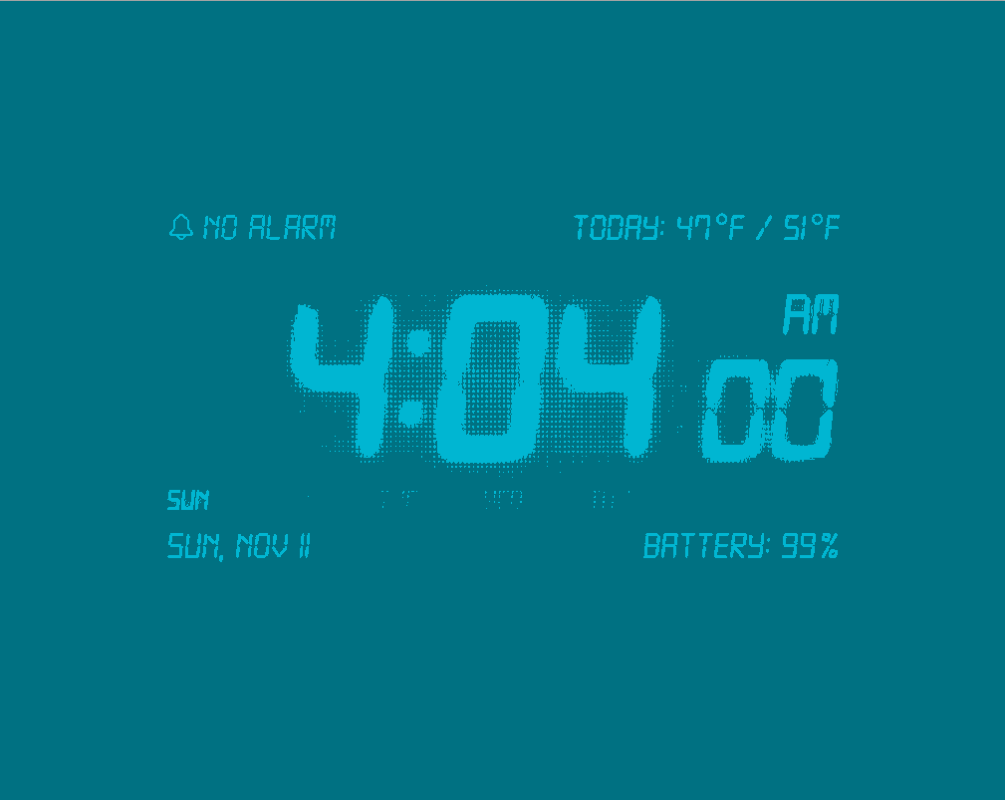What does a day in the Life of an Architect look like? There are a lot of different answers to that question and even if I look at what my day looks like, it has varied over the years as I move through my career and took on different roles and responsibilities.
The one thing that has not varied all that much over the years is that I start my day pretty early. Today is a good example of that since it was a Sunday – not even a typical work day for me – and I was still up pretty early because I had a lot of work to get done today. I am learning that trying to coordinate the extra-curricular time of two people who have no emotional connection to one another is proving to be extremely difficult. Typically, Landon and I are supposed to record our podcast episodes on Friday afternoon, which should work out great because we close the office at noon on Fridays. However, Landon went out-of-town last weekend so we were not able to record on Friday but instead met at my house on a Monday night. Fast-forward to Wednesday and then I went out-of-town for the Texas Society of Architects convention … and didn’t get back to Dallas until late Saturday night. This essentially meant that I would have to edit the raw audio AND write today’s post all on Sunday. Since I have all sorts of weekend responsibilities, this meant another early morning start to my day. Just another typical day in the life of this architect.
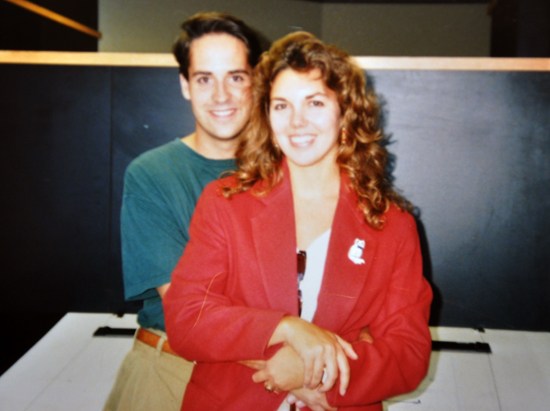 The 1992 versions of Michelle and Bob Borson
The 1992 versions of Michelle and Bob Borson
My First Job Out of School [1:31 mark]
My first job out of school just so happens to be with the same person that I work with today – Michael Malone, and my first day on the job was to move Michael out of his house and into temporary office space. Michael was my first boss, and I was his first employee. I was 24 years old and he was 34 years old and looking back, we had a lot of fun and seem to make up everything as we went along.
This period in my life provided me with all sorts of opportunities that I wouldn’t otherwise have experienced. It was just the two of us in the early days and Michael traveled extensively for work (we mostly focused on retail projects at the time). All this time away from the office meant that I was frequently by myself and left to my own devices to figure out what to do and how to do it.
 (l. to r.) Bob Borson circa 1990, Bob Borson, I mean, Robert Downey Jr., … also Bob Borson circa 1990
(l. to r.) Bob Borson circa 1990, Bob Borson, I mean, Robert Downey Jr., … also Bob Borson circa 1990
Perception versus Reality [6:30 mark]
Perception versus Reality – it’s a phrase I think most of us have heard before and it isn’t to difficult to understand its meaning. Basically, it purports that what you think is real isn’t actually real. I learned a valuable lesson around my 2nd or 3rd year out of college that stuck with me ever since. I worked in a very small firm – it might have just been just two of us back then. As a result, I was able to do all sorts of things out of necessity because my boss couldn’t be all places and all things to all people at all times. This situation frequently put me in front of clients and I thought I did a pretty good job handling it … until one day when my boss told me that we needed to have a chat. You can read the entire all about that story here … or listen to me tell that story a the 6:30 mark in today’s podcast.
What do I need you for? [29:57 mark]
This is something that has stuck with me for years and was a philosophy that was developed out of my time spent in middle-management. When I assign a task to someone under my care, I tend to tell them what the end product I require will be, but not necessarily how to get there. From my perspective, part of the reason I do this is to take advantage of the learning opportunities this moment provides. The other reason I do this is that most of the time I haven’t taken the time to solve the problem so completely as to know all the moving parts. I feel strongly that part of what makes an employee valuable is their ability to take on the responsibility to solve problems that they’ve never solved before. When you are part of the operational staff of an architectural firm, you literally get these opportunities almost every single day.
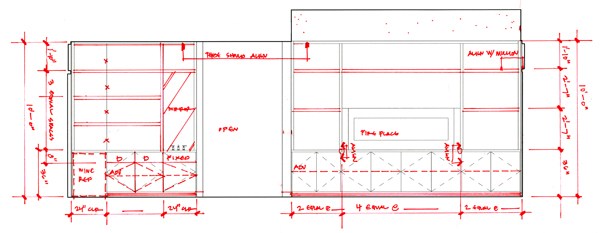
Picking up Red lines [31:56 mark]
Red lines have a valuable role to play – both for the person who is creating them as well as the person who will be picking those red lines up. Most of the time when I create red lines, it is a dialog between my thoughts and the person working with me, and my red lines are not meant as pure gospel but rather a suggested design direction. I’ve worked places before where the red lines were treated as gospel and if you didn’t pick them up exactly as they were prepared, it was Armageddon. While this works most of the time, the inherent problem I have with creating red lines that are that complete and specific is that people stop thinking about what they are doing – their only focus is to recreate those red lines exactly as they are presented.
While that might work in the short-term, that is ultimately a recipe for disaster
Landon’s Spare Time [43:55 mark]
Reaching the zenith of nerdiness this past weekend, I played a board game called “Rising Sun” for the first time. My friend Peter, who currently lives in New York, brought it down for our Halloween excursions in Austin knowing full well we were the kind of fellas that would get way too engrossed in the game. Therefore, on that fateful, slightly hungover Sunday morning he retrieved the rather large game box from his luggage. What struck me most directly was the overall game art:

Not really knowing exactly what I was getting in to, I jumped feet first in the game enthralled mostly just by this very artwork. In addition to the graphics carrying through to the board and various cards and tokens, there are also very intricately sculpted plastic figures or “monsters” you can acquire in the game. This was my first clue to just how intense and nerdy this was about to become.
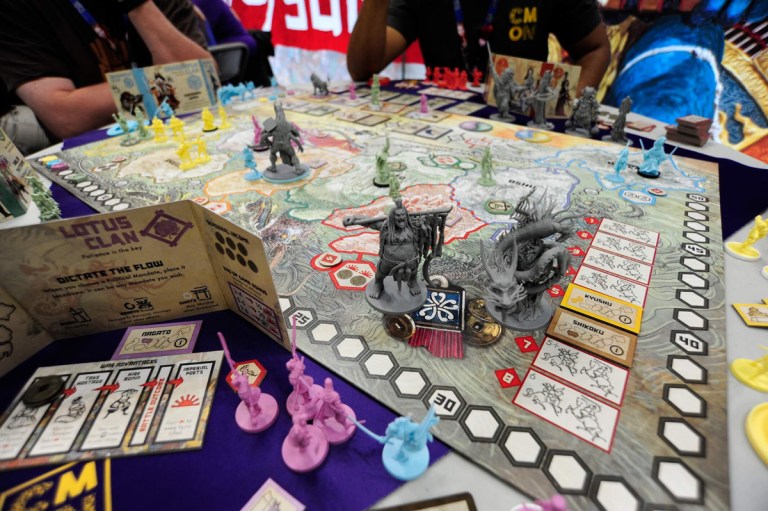
Following the yearly seasons, the game is set in feudal Japan in which you control a randomly selected clan who possess varying and various abilities distinguishing you from other clans. You begin in a “tea ceremony” informally selecting alliance which continues through the season, and your selection generally has to do with whose abilities most align with yours. Then you begin to select from a small set of cards your various actions (add/move figures, add attributes, add coins/rewards) in a turn-based manner in an effort to collect the most “victory points” in the end. All the while, you’re controlling your level of honor (very important in feudal Japanese culture and therefore the game) as well as adding various monsters and ronin (rogue samurai) to your clan in preparation for the WAR PHASE. Thunder claps in the background. Based on where you’ve positioned figures, how you’ve collected coins, and the number of recruited ronin all play a part in the battles for various regions which will decide if your figures live or don’t make it to the next round! Nerd levels burst off the chart.
There are 3 seasons in the game (spring, summer, fall) which bring you to the end of the game, winter, and the final tallying of victory points begins. Sadly, the game apparently had way too many variables for my barely firing synapses to process after a night out, and I lost…..terribly. I think I’ll go back to good ol’ Settler’s of Catan for a little while and do some more research on tactics for the next Rising Sun game…
Bob’s Spare Time [47:33 mark]
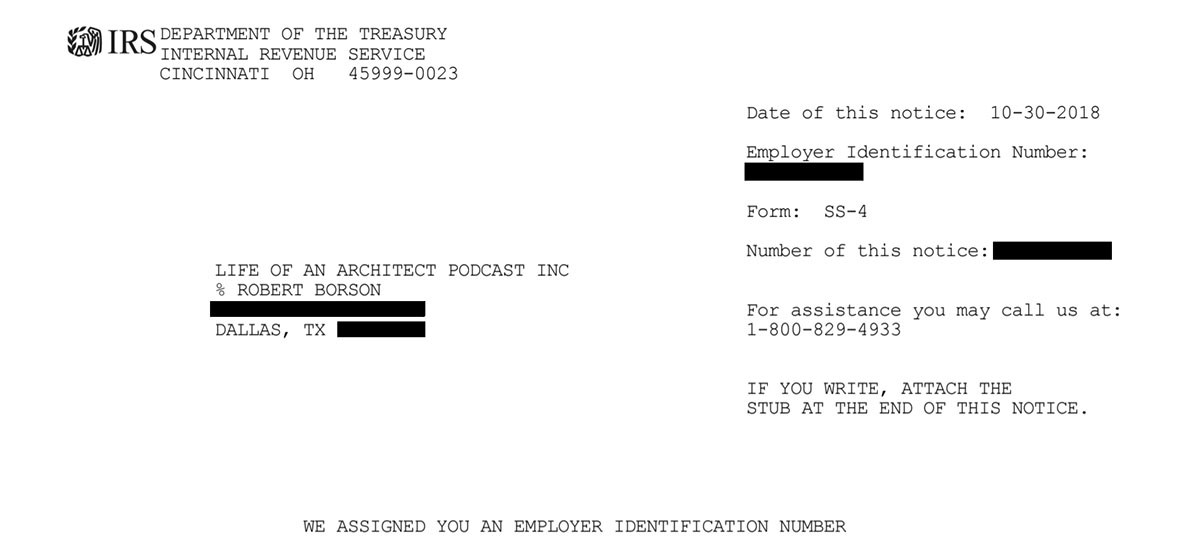
My spare time over the past few weeks has been spent trying to make this podcast a bit more legitimate. Since it was always just me where the blog was concerned, I didn’t really need to worry about setting it up as a business and filing papers with the Internal Revenue Service. However, times have changed and I have Landon working with me on the podcast, which means there’s more than one chef in this particular kitchen and I can’t play as fast or loose with things.
There are untold combinations for how a typical day in the life of an architect will play out. While my experience certainly doesn’t sound typical, I have plenty of colleagues whose experience was completely enviable. About the only thing I can say with absolute confidence is that your day is going to be based on the role you carve out for yourself in this profession.
Cheers,


